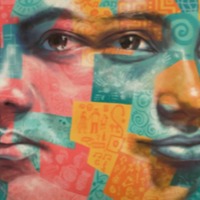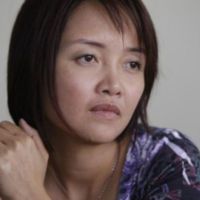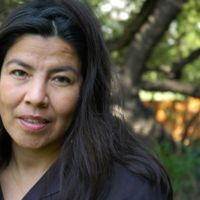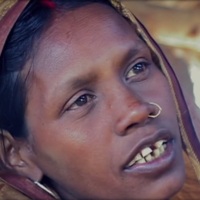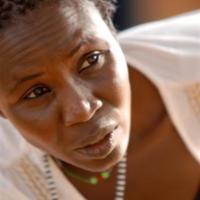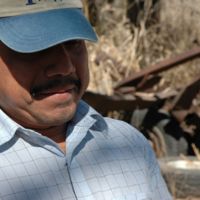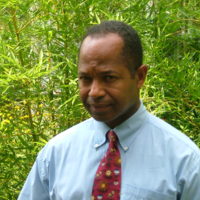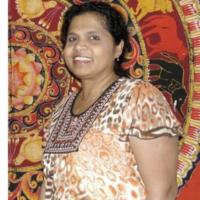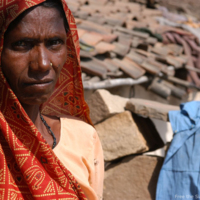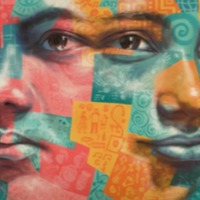
I believed her and thought I was so lucky.
The broker told me there would be no need to use it [my ID card] in China, and if someone found it, they would know we were illegal. So that’s why she took the ID card.
[…]
Me and my friend tried to stay together – we held each other and tried to stay together. But the Chinese men got mad and dragged us apart. I had to go with the Chinese husband.
I was locked in the room for one year. Before I had a baby, the family members – especially the mother in law – treated me badly. Her face was furious. Sometimes they didn’t feed me because I didn’t get pregnant as soon as possible.
They gave me many medicines. I did not know what they were…Once a week I was injected. Sometimes I had a big drip [of intravenous fluid]. Every week they took me to the clinic. I did not know what the medicine was, or why I had to take it. Sometimes I had to try herbal medicine and they cooked it and boiled it and I had to drink it. I assume it was to make me pregnant. Some of the medicines made me allergic. Sometimes I became itchy on my skin.
After we give birth, no one cares about us anymore.
I did not give birth naturally, I had to have an operation. When I did this, the Chinese family told the doctor to cut a part of my womb so that I could not have any more children. I didn’t know this at the time. When I came back to Myanmar I went to the hospital and got news and was told that a part of my womb doesn’t work, so I cannot have a baby.
Narrative provided by Human Rights Watch in their report “Give Us a Baby and We’ll Let You Go”: Trafficking of Kachin “Brides” from Myanmar to China
